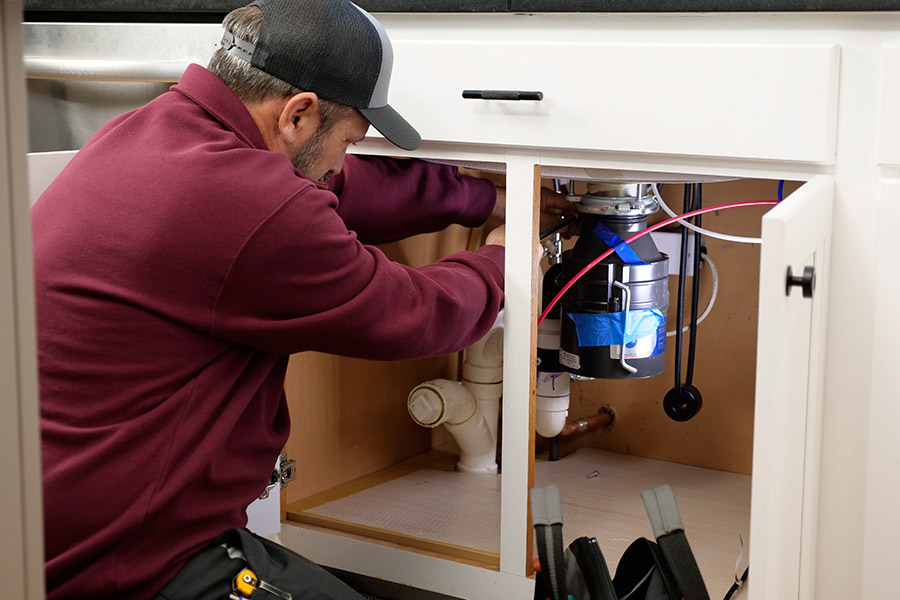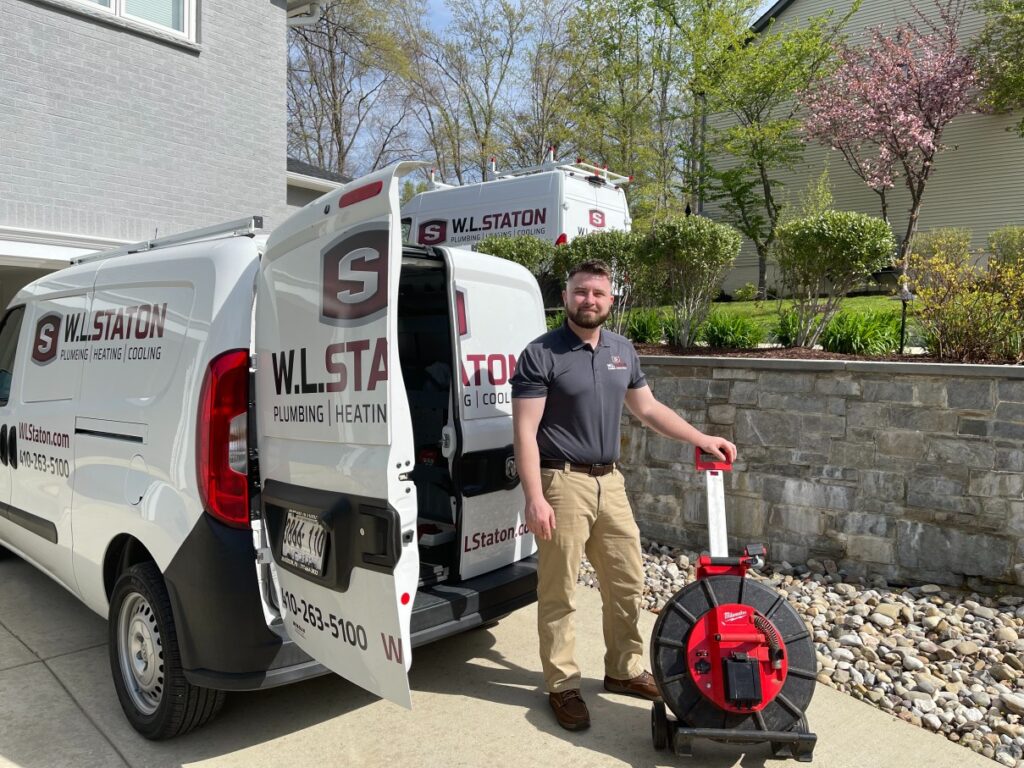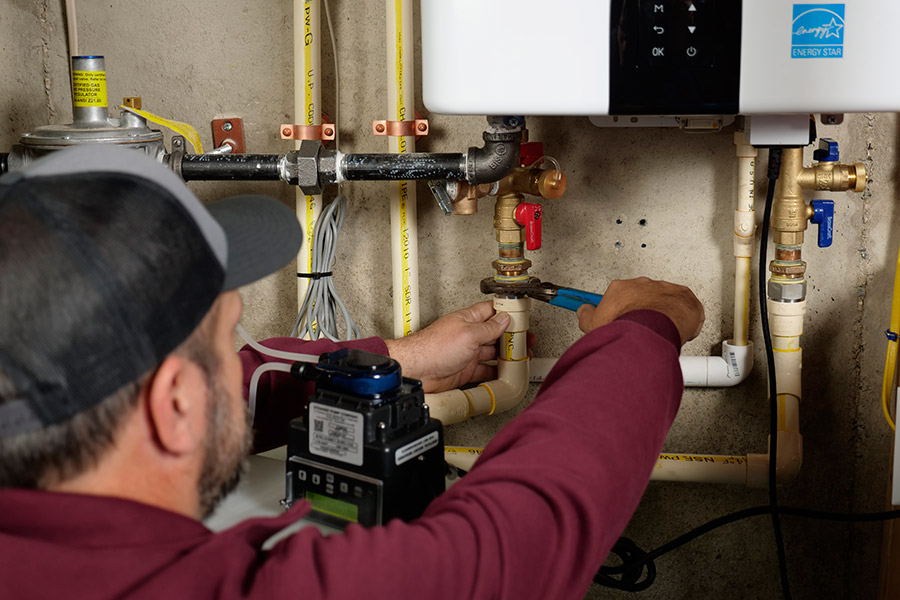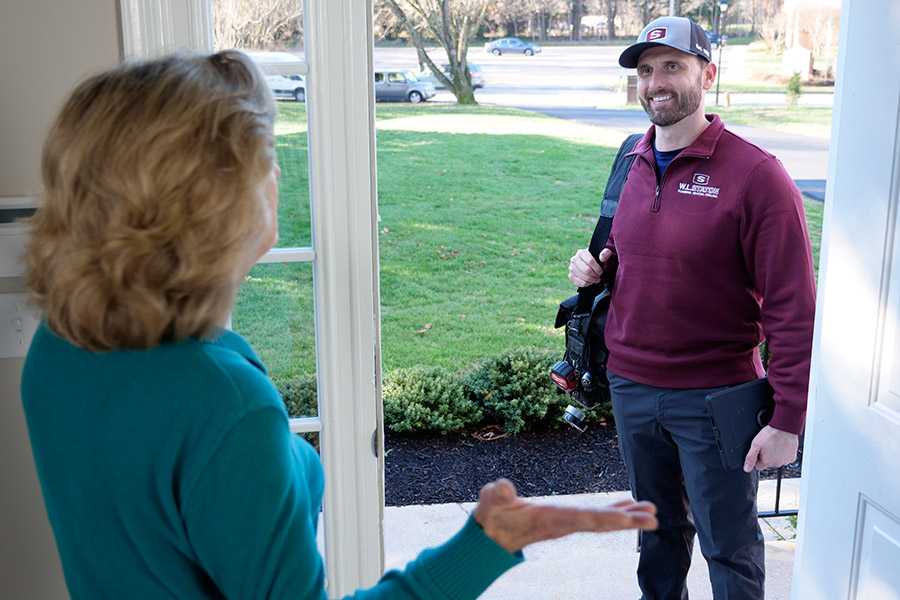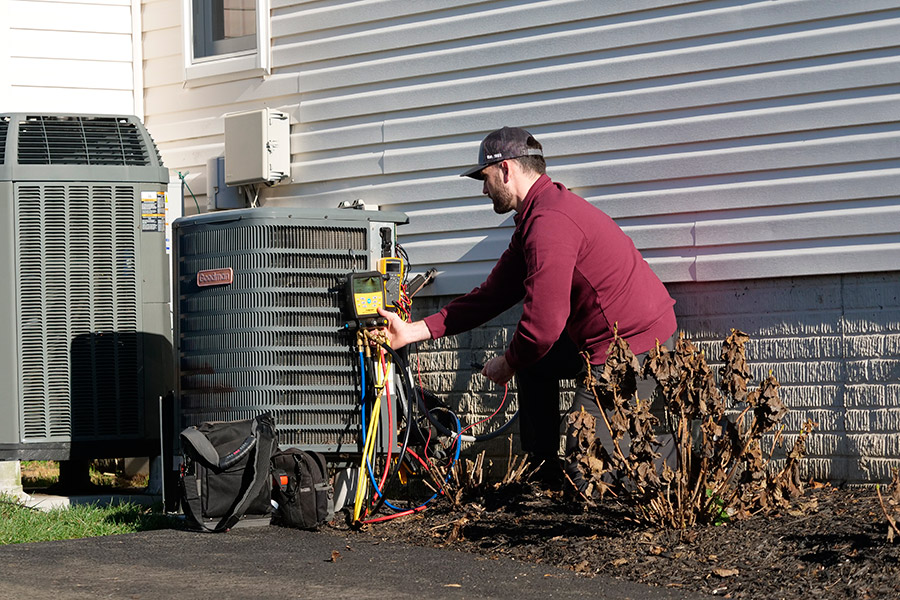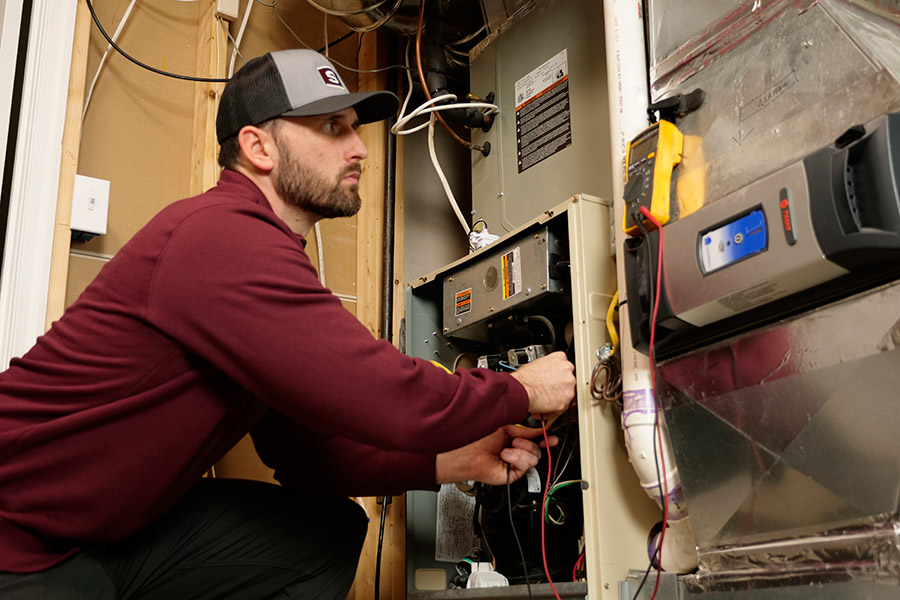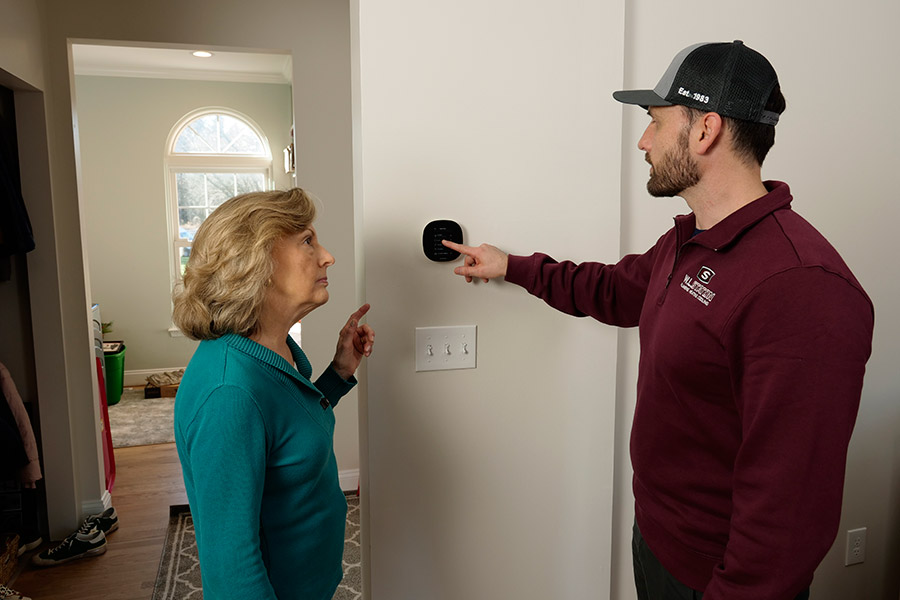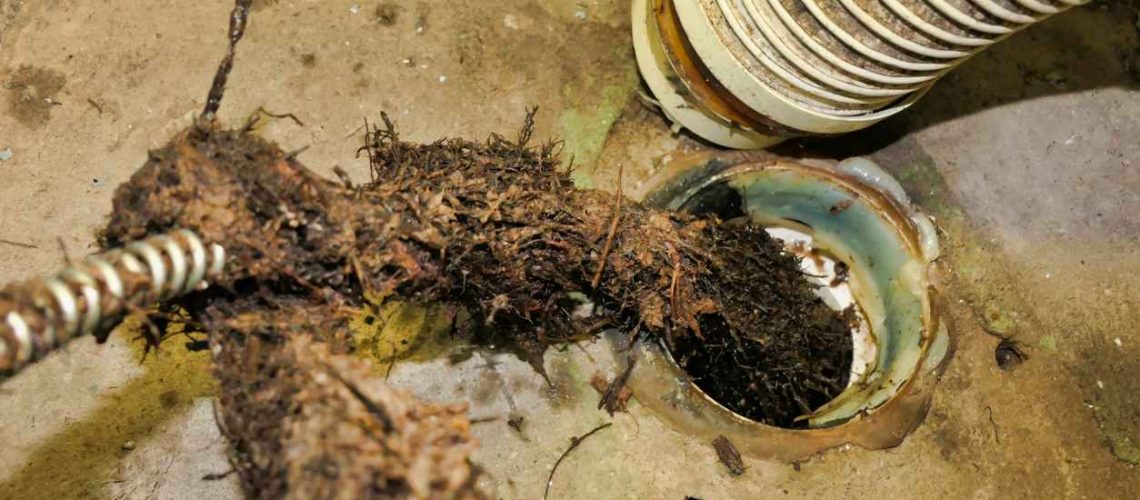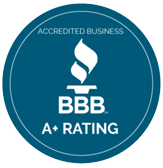Experiencing a sewer backup in your home is not only distressing but can also pose significant health risks and lead to substantial property damage. Understanding what causes these unpleasant events is crucial for every homeowner. In this blog, we’ll dive deep into the common causes of sewer backups and provide essential tips for prevention.
By familiarizing yourself with the factors that can lead to these issues, you can take proactive steps to minimize the risk and ensure that your home remains safe and clean. At W.L. Staton Plumbing, Heating & Cooling, we are committed to helping you maintain a healthy, efficient plumbing system, offering insights and professional services designed to tackle and prevent sewer backups effectively.
Common Causes of a Sewer Backup
Understanding what leads to sewer backups is essential for prevention and quick resolution. From everyday habits to environmental factors, several common culprits contribute to these plumbing emergencies.
Clogs
One of the most frequent causes of sewer backups is clogs in the sewer line. These can occur from an accumulation of grease, hair, paper products, and other non-biodegradable items that shouldn’t be flushed down your toilet or drains.
Tree Roots
Tree roots can grow into sewer lines, causing holes or blockages. They seek moisture and find it in your sewer line, especially if there are any existing small leaks that allow vapor to escape into the surrounding soil.
Collapsed Sewer Lines
Older homes may have sewer lines made from clay or other porous materials. Over time, these can collapse due to shifting soil, increased traffic on the ground above, or just general degradation.
Heavy Rainfall
Significant rain events can overwhelm the city sewer system. When this happens, water can back up into connected residential lines, leading to backups in homes that may not be directly at fault.
Preventing Sewer Backups
- Regular Maintenance: Regular inspections and drain cleaning can help prevent clogs and backups before they become a larger issue.
- Dispose of Waste Properly: Be mindful of what you flush down toilets and sinks. Avoid disposing of grease, certain food items, and non-flushable products via your plumbing system.
- Install a Backwater Prevention Valve: This can be installed into a sewer line in your home’s basement to allow sewage to go out, but not to come back in.
- Replace Old Pipes: If you have an older home, consider replacing your clay or metal sewer lines with newer plastic or PVC pipes to prevent collapse and infiltration by roots.
Sewer Services in Central Maryland
Experiencing a sewer backup? Don’t wait until it becomes a disaster. Contact W.L. Staton Plumbing, Heating & Cooling in Maryland for expert sewer inspection and maintenance services. Our experienced team is equipped to handle all aspects of sewer backup issues, from preventative maintenance to emergency repairs. Contact us today to learn more about our services and how we can keep your plumbing running smoothly.

